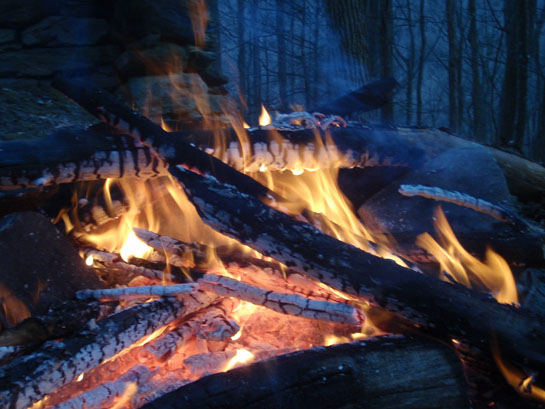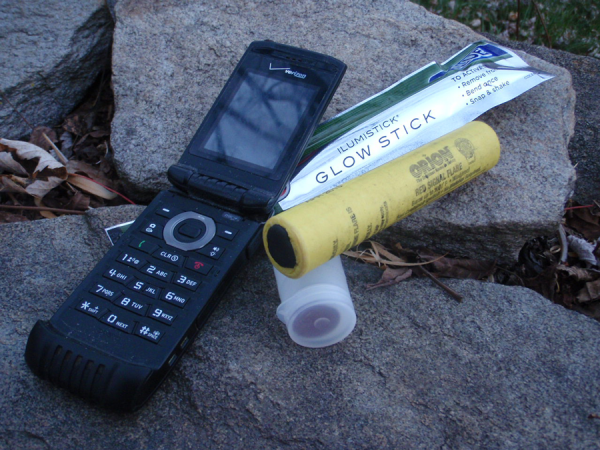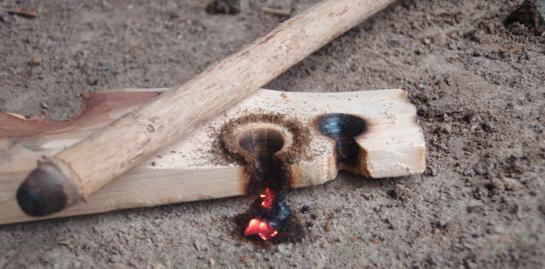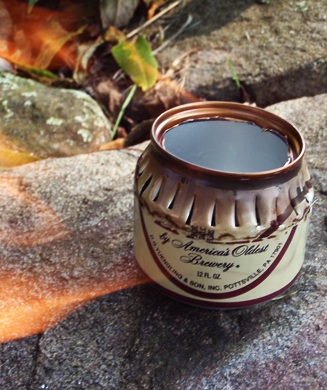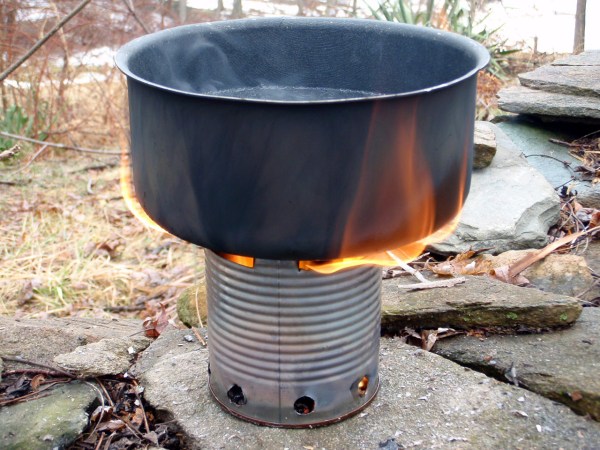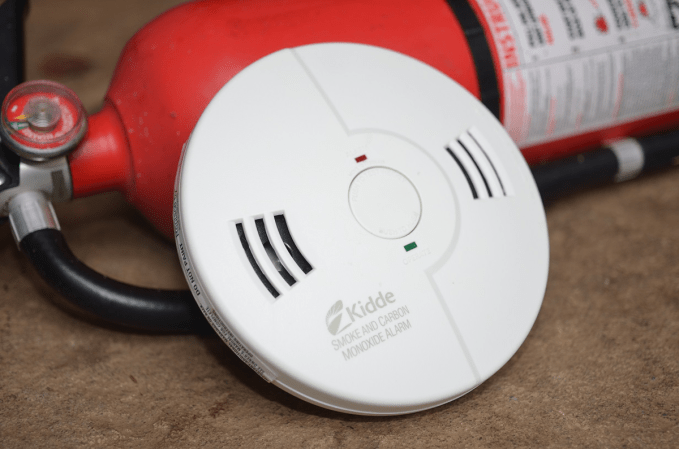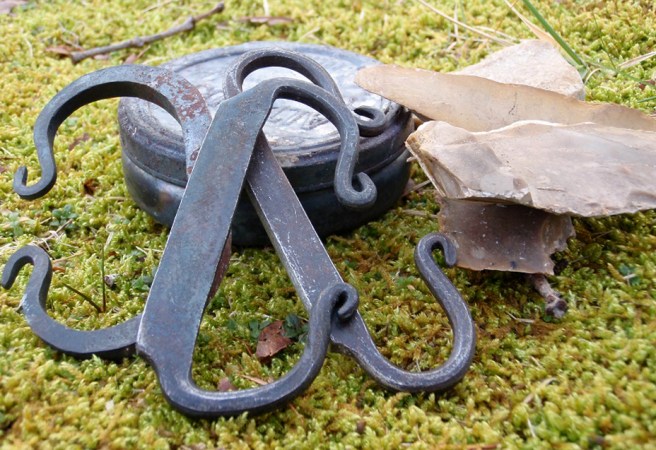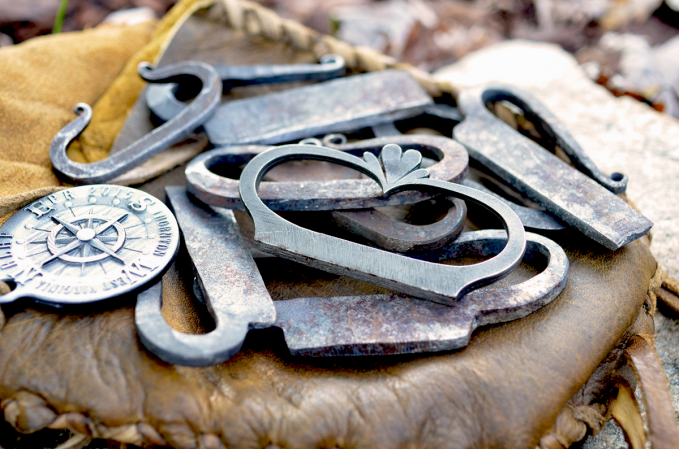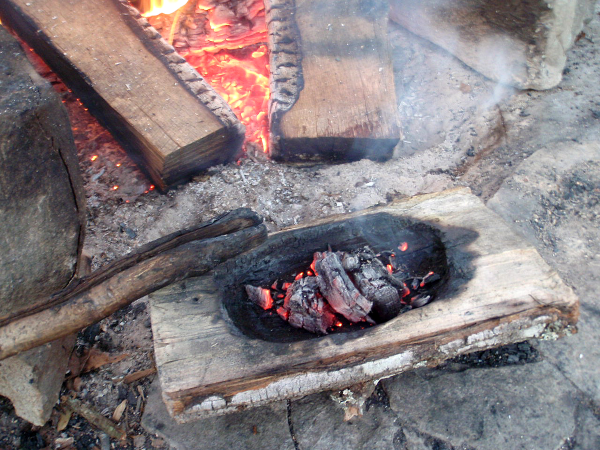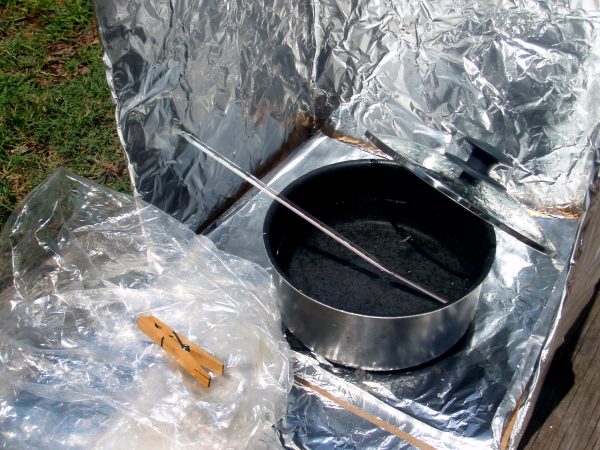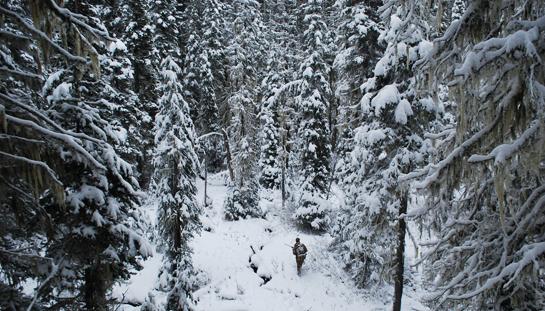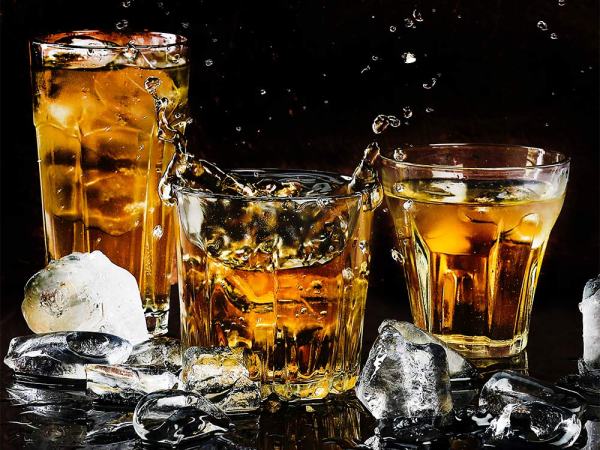I probably don’t have to tell you that fire is a significant element in a survival situation. We all know that it cooks food, boils water, provides warmth and light. Fire is also one of the better methods of primitive signaling. The light of your fire and the accompanying smoke can work as a signal both day and night. But is your signal fire adequate? Use these three tricks to make your fire work even harder as an emergency signal.
1. Prominent Spot
Although a large fire at the bottom of a valley may still garner attention, a fire in a higher place can work even better. If personal mobility is not an issue in your situation, climb to a very visible area and light a signal fire in a high, prominent place. This could be a hilltop, a plateau, or a ridge. If those features aren’t available, you could even use a large clearing in flat land terrain.
2. Multiple Fires
The number three is an international symbol for help. Use your first fire to start two more blazes, and your set of three fires will clearly indicate distress. These three fires could be in a geometric pattern (like a triangle) in a low area. You could also place the fires in a row, especially if you are on a ridge or beach.
3. Smoke Additives
To really get the smoke rolling, add oily substances and unneeded plastic items to your fire to create black smoke. A few natural things like fatwood and paper birch bark can also make darker smoke. Other smoke producers from nature are going to make tan or white smoke, which is better than nothing – but harder to see against overcast skies. Add wet leaves, large bark slabs, live evergreen boughs, and other poorly combusting vegetation to a large hot fire. Remember that smoke is the result of incomplete combustion, so less flammable items are usually great smoke producers.
Please tell us how you’d make your signal fire by leaving us a comment.
